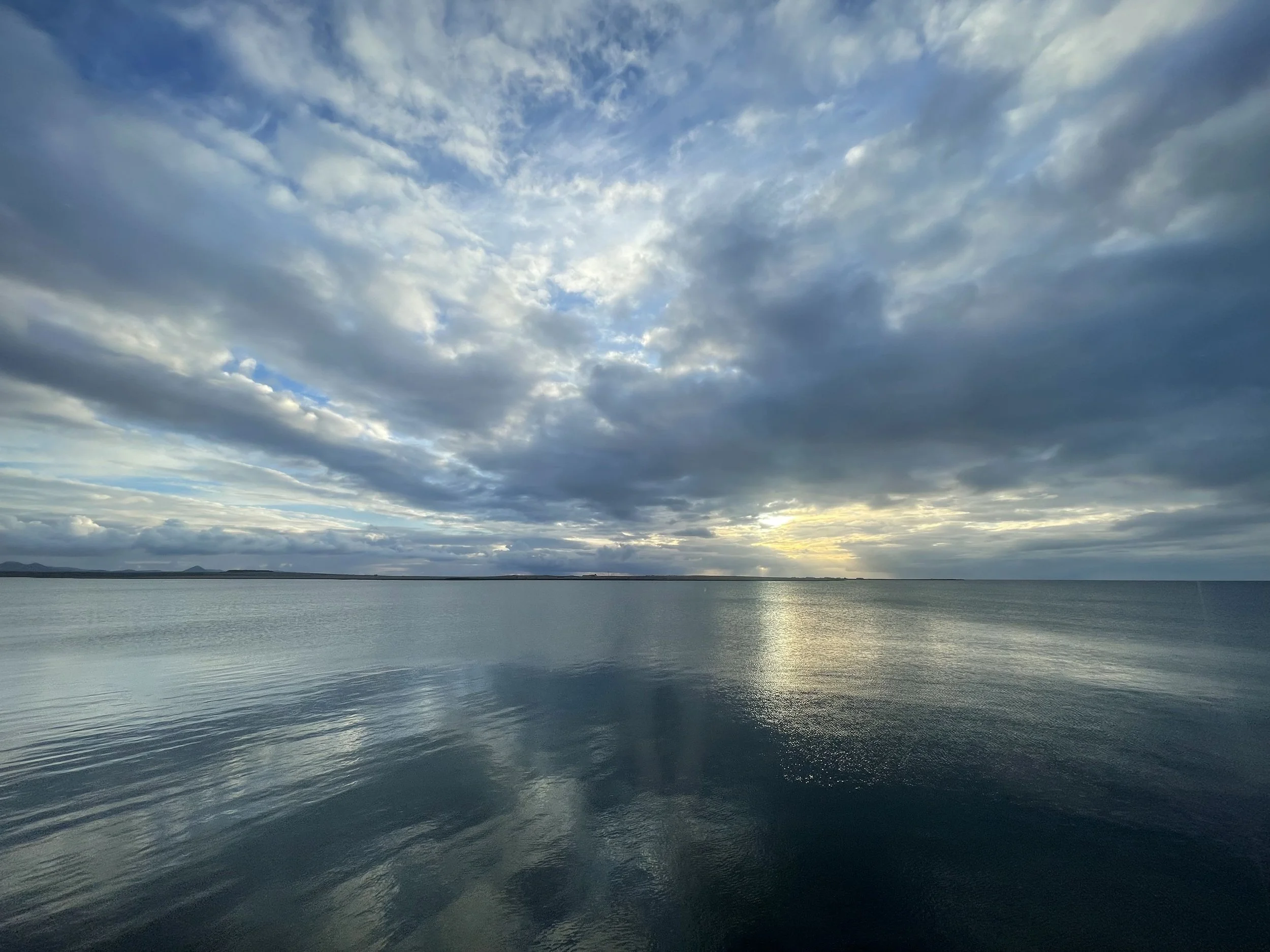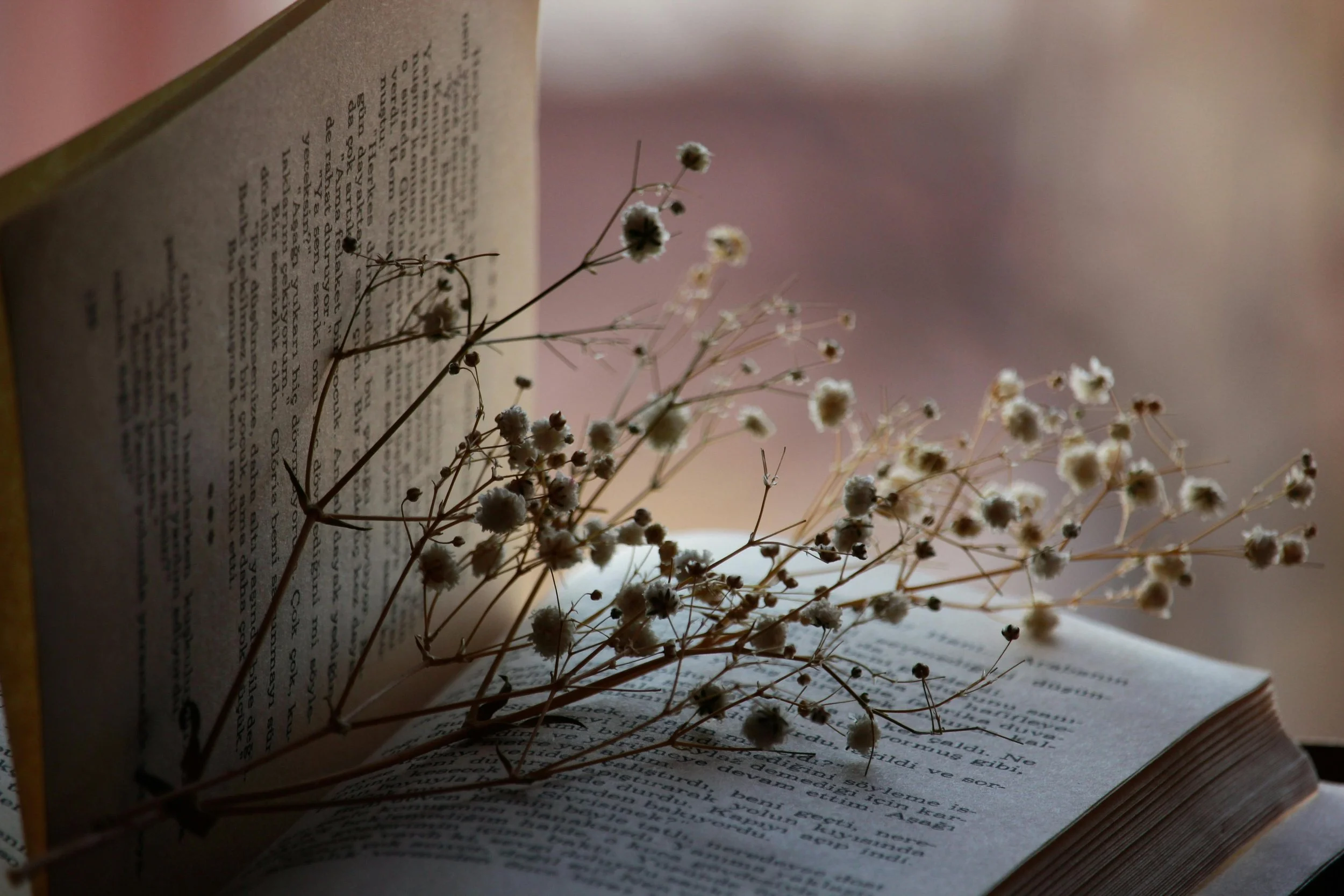Doctrine – the codification of beliefs, teachings, and practices – is an important element for established institutional religions. It clarifies what a religion expects of its followers, how to behave toward one another and…
When Nature Talks Back
What Is Indigeneity?
Struggling to Keep the Cosmovisión Alive
Renouncing the Doctrine of Discovery/Reclaiming Mother Earth
The Invisibility and Inevitability of Polytheism
Saving Pagan Lives
Opening the Indigenous Door
Collective Impact and Islamophobia
Restoring Bear Lodge’s Sacred Name
Let’s Get this Party Started!
Humans may be hard-wired for collaboration. Of all the great apes, humans are the only ones who regularly collaborate in food-seeking situations. In fact, developmental research suggests that this evolutionary approach to resource gathering may underlie our tendency to share resources more equitably amongst ourselves. Even three-year-old children will share toy rewards if they are received through collaborative efforts (Nature, 2011). Despite that, interfaith collaborations that involve children are still in their infancy stage. Like the 10-month-old tentatively taking those first steps without holding on to anyone’s fingers, those of us doing interfaith work with kids are still feeling our way.







